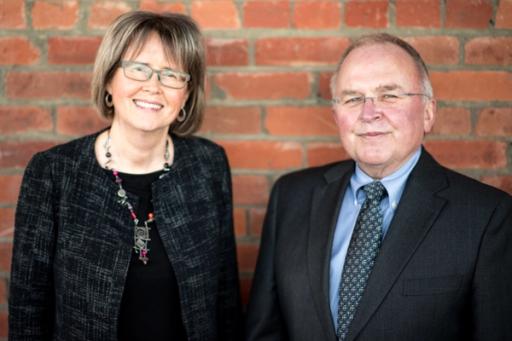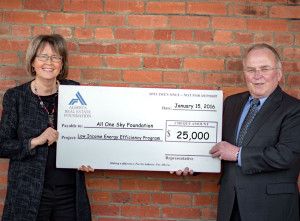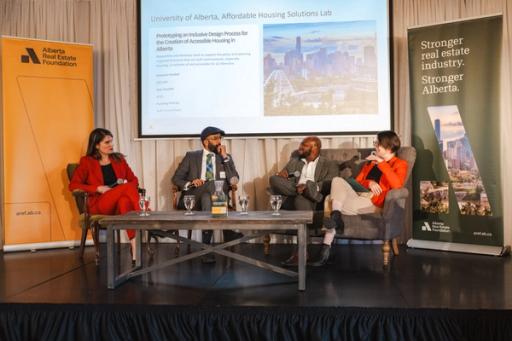April 9, 2016
Energy Poverty in Alberta

A surprising number of Albertans are being left out in the cold… inside their own homes.
They are the energy poor, those hard pressed to pay their utility bills. Living in cold, damp homes impacts their health and well being, especially the elderly, young, disabled and those with long-term illnesses. Needless to say, they can ill afford the energy-efficiency measures that would improve their lives and benefit the environment.
About 455,000 Albertans live in energy poverty. These low-income families spend three times more disposable income on home energy—heating, cooking and lighting—than the average household. For the poorest, it’s more than 9 per cent of their after-tax income.
The energy poor must often make difficult choices between competing necessities such as energy, water, food and clothing. The most dramatic choice for some is to “heat or eat.” Indeed, evidence suggests the poorest households, especially among seniors, spend less on food in winter to pay for additional heating.
Living in cold homes can contribute to heart disease, reduced lung function, suppressed immune systems, asthma attacks and exacerbated arthritis. It is also associated with increased stress, social isolation and, for children, impaired educational success.
Energy poverty thus results in increased public costs for health care and social services. One study suggests that every $1 spent on raising living temperatures to acceptable standards saves 42 cents in health-care costs.
Alberta’s energy poor could also be disproportionately impacted by any changes to the provincial government’s climate-change policies. Such changes will likely lead to increased energy prices, hurting poorer households, which ironically emit fewer greenhouse gas (GHG) emissions than the norm.
The most cost-effective, sustainable solution to this problem is to increase the energy efficiency of energy-poor households, starting with those most in need. Realistically, this can only happen with substantial subsidies.
Many jurisdictions in Canada and the U.S. operate and fund energy efficiency and conservation programs for low-income households. In Calgary, All One Sky Foundation has for several years operated a demonstration Energy Angel program, which provides energy-efficiency upgrades to the homes of low-income seniors.
But this is just a start for what needs to be a much more widespread effort. Tackling energy poverty in Alberta offers a potential win-win-win for three important environmental and social policy agendas: climate-change mitigation and greenhouse gas reduction; health and well-being; and poverty alleviation.
Read All One Sky Foundation’s “Energy Poverty – An Agenda for Alberta” report here.

*Image: Helen Corbett, Executive Director of the All One Sky Foundation with Alberta Real Estate Foundation Past Chair Gary Willson.
Topic
Similar News


